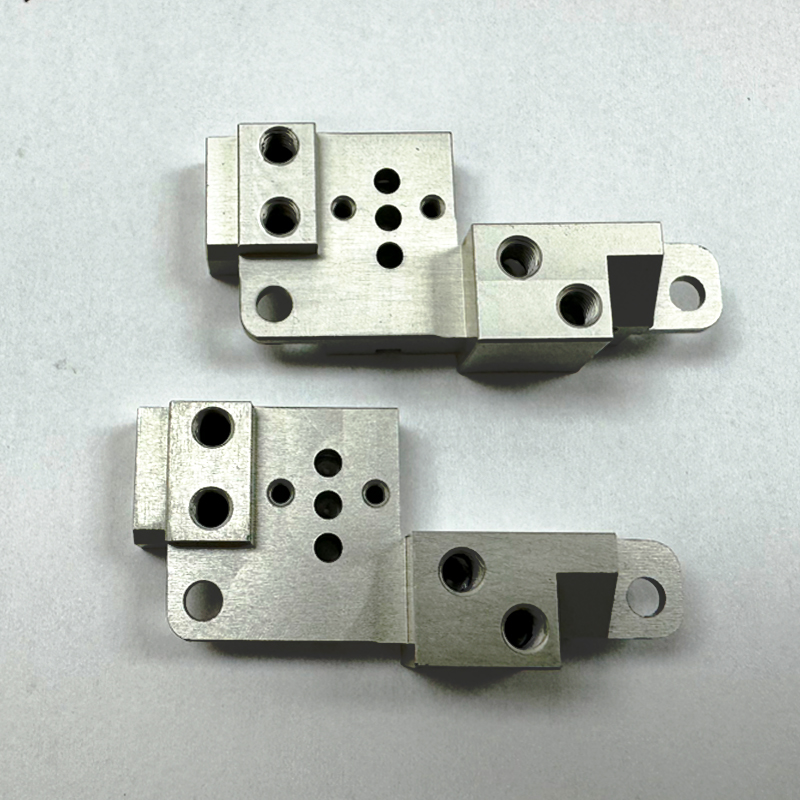Customer Review: AI-6061-T6 Ventilator Manifold Metal Parts
Rating: 4.5 out of 5 Stars
Durability and Reliability:"I've been working with the AI-6061-T6 ventilator manifold for about a year now, and I must say, the durability of the 6061-T6 aluminum alloy is impressive. We've subjected it to rigorous use in our intensive care unit, and it's held up exceptionally well against the daily wear and tear. The manifold has maintained its integrity through countless cycles of sterilization, which is critical in a hospital setting."
Performance:"The manifold's performance is top-notch. It handles the gas distribution evenly and accurately, which is vital for maintaining the correct oxygen levels for our patients. The connections are secure, and we haven't experienced any leaks or failures, which speaks volumes about the quality of the manufacturing and the material used."
Ease of Use and Maintenance:"One of the standout features of this manifold is how easy it is to maintain. The design is straightforward, and the parts are accessible for routine checks and cleaning. The material is resistant to corrosion, which reduces the frequency of maintenance compared to some other alloys we've used in the past."
Compatibility and Integration:"We had no issues integrating the AI-6061-T6 manifold with our existing ventilator systems. The compatibility with standard fittings and the precision of the machining meant that it fit seamlessly into our setup without requiring any additional adjustments."
Regulatory Compliance:"As far as regulatory compliance goes, the product meets all the necessary standards, which gives us peace of mind knowing that we're using a component that adheres to the stringent requirements of the medical industry. The manufacturer provided clear documentation and testing results that confirmed the manifold met ISO and FDA guidelines."
Cost Considerations:"While the initial cost of the AI-6061-T6 manifold was slightly higher than some alternatives, the long-term savings due to its durability and reduced maintenance needs make it a worthwhile investment. The cost-effectiveness over the lifecycle of the product is something that we consider very important."
Final Thoughts:"Overall, the AI-6061-T6 ventilator manifold has proven to be a reliable and efficient component in our respiratory support systems. Its robust construction, ease of use, and adherence to medical standards make it a solid choice for our ICU. We've recommended this product to colleagues in other hospitals, and they've had similarly positive experiences."





















































